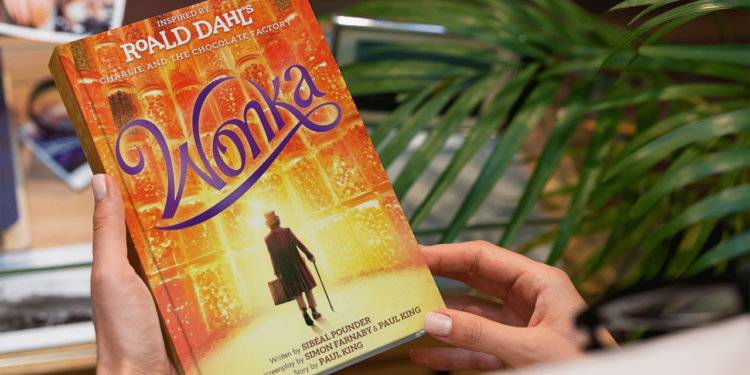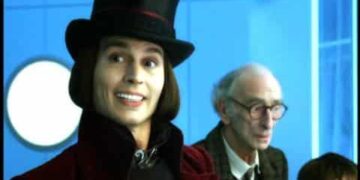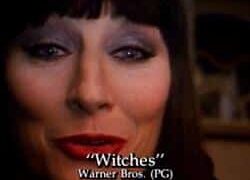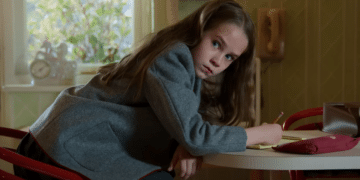Roald Dahl, a name synonymous with enchanting storytelling and vivid imagination, continues to captivate readers of all ages with his timeless tales. Born on September 13, 1916, in Llandaff, Wales, Dahl’s literary legacy has left an indelible mark on the world of children’s literature. From his captivating characters to his extraordinary storytelling abilities, Dahl’s work continues to inspire and entertain millions around the globe.
Roald Dahl’s childhood and early life
Dahl’s childhood was marked by both tragedy and adventure. At a young age, he lost his father and sister, which had a profound impact on his writing. Raised by his Norwegian mother, Dahl often found solace in books, developing a deep love for reading. His early experiences, including attending boarding school and later working for Shell Oil in Africa, provided him with a rich tapestry of experiences that would later influence his writing.
Roald Dahl’s love for cinema and its influence on his writing
One aspect of Dahl’s life that greatly influenced his writing was his love for cinema. As a child, he was captivated by the magic of the silver screen and the power of storytelling through film. This passion for cinema is evident in his writing, as his stories often have a cinematic quality, filled with vivid imagery and larger-than-life characters. Dahl’s ability to transport readers into fantastical worlds can be attributed, in part, to his deep appreciation for the visual storytelling medium.
The main places where Roald Dahl’s books are set
Dahl’s books are set in various locations, each with its own unique charm and allure. From the chocolate factory in “Charlie and the Chocolate Factory” to the magical world of “Matilda,” Dahl’s settings are as vibrant and imaginative as his characters. Whether it’s the whimsical town of BFG or the mysterious land of witches in “The Witches,” Dahl’s ability to transport readers to these extraordinary places is a testament to his unparalleled storytelling prowess.
Roald Dahl’s writing career and notable works
Dahl’s writing career spanned several decades, during which he penned numerous beloved children’s books. His first book, “The Gremlins,” published in 1943, was inspired by his experiences as a fighter pilot during World War II. However, it was his later works that catapulted him to literary stardom. Books like “James and the Giant Peach,” “Fantastic Mr. Fox,” and “The BFG” have become timeless classics, enchanting readers with their whimsical characters and imaginative plots.
Roald Dahl’s relationships, love life, and friendships
While Dahl’s writing brought joy to millions, his personal life was not without its ups and downs. He was married twice, first to actress Patricia Neal and later to Felicity Crosland. Despite the challenges he faced in his personal relationships, Dahl maintained close friendships with notable figures such as Ernest Hemingway and Walt Disney. These relationships, along with his own experiences, undoubtedly shaped his writing and contributed to the depth and complexity of his characters.
Roald Dahl’s views on criticism and dealing with backbiting and gossip
As a prolific writer, Dahl faced his fair share of criticism throughout his career. However, he maintained a resilient attitude towards negativity and gossip. He once said, “A person is a fool to become a writer. His only compensation is absolute freedom. He has no master except his own soul, and that, I am sure, is why he does it.” Dahl’s steadfast belief in the power of storytelling and the importance of staying true to oneself serves as a valuable lesson for aspiring writers facing criticism and adversity.
Roald Dahl’s quotes and enduring wisdom
Dahl’s writings are not only filled with captivating stories but also brim with wisdom and profound insights. His quotes have become timeless gems, offering guidance and inspiration to readers of all ages. From the humorous “Those who don’t believe in magic will never find it” to the thought-provoking “A little nonsense now and then is relished by the wisest men,” Dahl’s words continue to resonate and remind us of the enduring power of imagination.
Roald Dahl’s impact on other artists and writers
Dahl’s influence extends far beyond the realm of literature. His imaginative storytelling has inspired countless artists, filmmakers, and writers. His unique blend of humor, fantasy, and heart has served as a touchstone for many creatives, showcasing the boundless possibilities of storytelling. From Tim Burton to J.K. Rowling, the echoes of Dahl’s influence can be seen in the works of numerous artists who continue to carry his legacy forward.
Roald Dahl’s books made into movies and other media adaptations
Dahl’s enchanting stories have not only captivated readers but have also found their way onto the silver screen and other media platforms. From the beloved adaptation of “Charlie and the Chocolate Factory” starring Gene Wilder to the recent reimagination of “The BFG” directed by Steven Spielberg, Dahl’s books have been brought to life in various forms. These adaptations have allowed new generations to experience the magic of Dahl’s world.
Exploring other writers and artists who inspired Roald Dahl
While Dahl’s work has undoubtedly inspired countless artists and writers, he himself drew inspiration from others. Authors such as Charles Dickens, Rudyard Kipling, and Edgar Allan Poe had a profound impact on Dahl’s writing style and storytelling techniques. By exploring the works of these influential writers, readers can gain a deeper understanding of the literary influences that shaped Dahl’s extraordinary career.
Recommended reading: Roald Dahl’s best books in order
For readers looking to embark on a journey through Dahl’s enchanting world, it can be overwhelming to know where to start. To help navigate this literary wonderland, here is a recommended reading list of Dahl’s best books in chronological order:
- “James and the Giant Peach”
- “Charlie and the Chocolate Factory”
- “Matilda”
- “The BFG”
- “Fantastic Mr. Fox”
- “The Witches”
- “The Twits”
- “George’s Marvellous Medicine”
Each of these books offers a unique and delightful reading experience, showcasing Dahl’s extraordinary storytelling abilities.
Conclusion: Roald Dahl’s enduring legacy and the importance of his stories
Roald Dahl’s enduring legacy lies not only in the countless books he wrote but also in the hearts and imaginations of readers around the world. His ability to transport readers to fantastical worlds, create memorable characters, and impart valuable life lessons is a testament to his unparalleled talent as a storyteller. Whether you’re rich or poor, young or old, Dahl’s stories have the power to captivate and inspire, reminding us of the enduring magic of childhood and the importance of never losing our sense of wonder.












